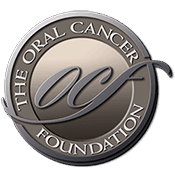Personalized cancer vaccines successful in first-stage human trials
Source: http://newatlas.com/cancer-personalized-vaccine-success-trial/50402/ Author: Rich Haridy Date: July 9, 2017 A cancer vaccine is one of the holy grails of modern medical research, but finding a way to stimulate the immune system to specifically target and kill cancer cells has proven to be a difficult task. Now two recent clinical trials that have produced encouraging results in patients with skin cancer are are providing hope for the development of personalized cancer vaccines tailored to individual patient's tumors. Both studies focus on neoantigens, which are mutated molecules found only on the surface of cancer cells. Neoantigens prove to be ideal targets for immunotherapy as they are not present on healthy cells. A vaccine's challenge is to train the body's immune cells, known as T cells, to hunt and kill only those specific tumor cells that hold the target neoantigens. In the first trial, at Boston's Dana-Farber Cancer Institute, samples of tumors were taken from six patients with melanoma. The patients were identified as having a high risk for recurrence after first having their tumors removed by surgery. For each individual patient the researchers identified up to 20 neoantigens specific to a subject's tumor. Computer algorithms were then utilized to help the researchers select which specific neoantigens would best stimulate the body's T cells. Those neoantigens were then synthesized, mixed with an adjuvant to stimulate immune response, and injected into the individual patients. Four out of the six patients in this first trial displayed no recurrence of their cancer 25 months after vaccination. [...]

